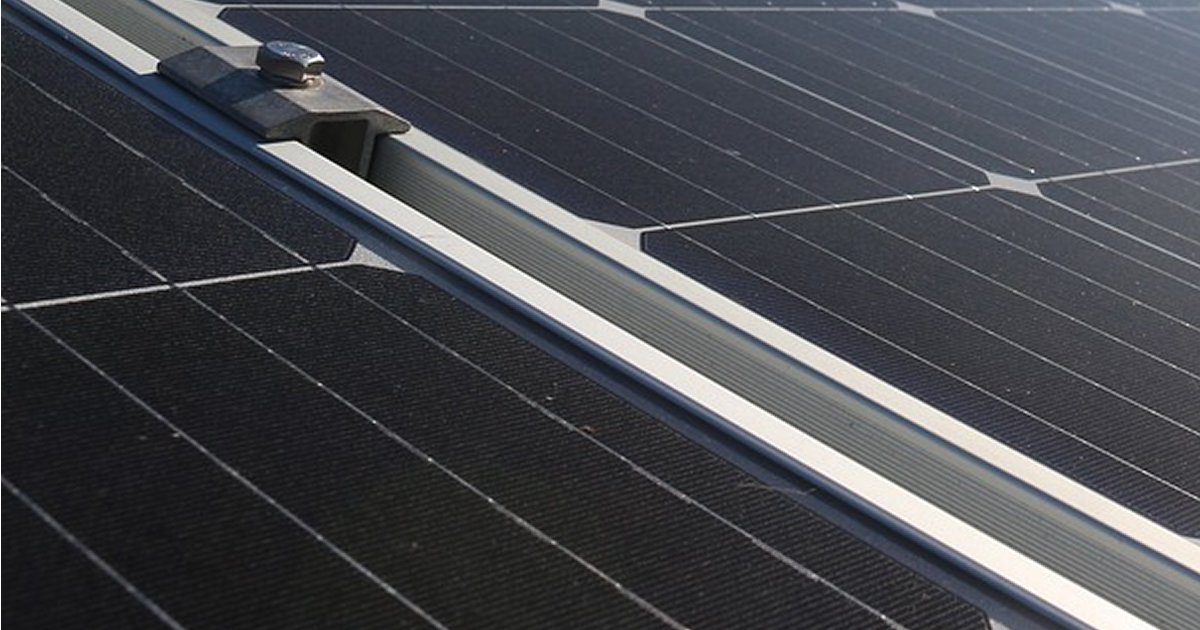Three schools in NSW’s Ku-ring-gai local government area have installed solar power systems under a Council initiative, with more to come.
The Ku-ring-gai LGA is situated in Northern Sydney, covers an area of 86 km² and is home to more than 123,000 people. Ku-ring-gai Council joined the Solar my School program in 2019, which was founded by Waverley, Woollahra and Randwick Councils back in 2016.
Solar my School provides expert advice on going solar and also supports schools in bringing renewable energy and climate change education into the classroom. The initiative has won a number of awards, including a Good Design Award in 2020.
Ten local schools in the Ku-ring-gai LGA have signed up to the program, but the impacts of the pandemic have caused delays in installations. However, three schools so far have had systems installed:
- West Pymble Public: 45 kW
- Lindfield East Public: 47kW
- Sir Eric Woodward School (St. Ives): 38kW
Really Rapid Payback
Council notes an “average payback of less than a year”, based on collective annual savings of more than $24,000.
Payback on commercial solar is usually pretty rapid, but not that fast. It’s not uncommon for commercial solar systems to achieve payback within 5 years.
Systems under 100kW are eligible for Australia’s solar rebate, which can knock thousands of dollars off the upfront cost of a commercial system. For example, using SolarQuotes’ STC calculator – a handy tool for calculating solar panel rebates, the subsidy could have been worth around $21,000 in the case of the Lindfield East installation if it occurred this year – more if it was installed last year.
While the cost of the system wasn’t noted, even with the rebate that would still leave a significant amount to cover. However, Ku-ring-gai Council says the schools also received a NSW Community Building Partnerships grant, funding from the philanthropic Purryburry Trust and the NSW Department of Education’s Solar Co-Contribution Program. This meant each school only had to find a comparatively small amount to cover the installations.
The experience of the three schools shows some of the value in participating in the Solar my Schools program – locating funding sources other than just the solar rebate that may otherwise be overlooked.
Towards Zero Emissions In Ku-ring-gai
Ku-ring-gai Mayor Jeff Pettett said Council’s participation in Solar My School is in line with its commitment to help the community achieve net zero emissions by 2040.
In 2020, Council approved an Action Plan for achieving several goals for its own operations:
- Net zero emissions by 2040 or earlier and a 50% reduction by 2030.
- 100% renewable energy by 2030 at the latest and by 2025 if possible.
- 100% reduction in fleet emissions by 2040.
It then turned its attention to the broader community, first surveying residents on their opinions and actions.
Solar power will play an important role in achieving the community target – and there’s plenty of rooftop space to host it. Council had previously noted local solar capacity potential for Ku-ring-gai was estimated at 533MW; 480MW of that for stand-alone homes and multi-residential buildings.
As at the end of December last year, approximately 43MW of solar PV had been installed (Source: APVI) in the LGA. That was a significant jump from the end of 2020, when 29.5MW had been installed.


 RSS - Posts
RSS - Posts



Speak Your Mind